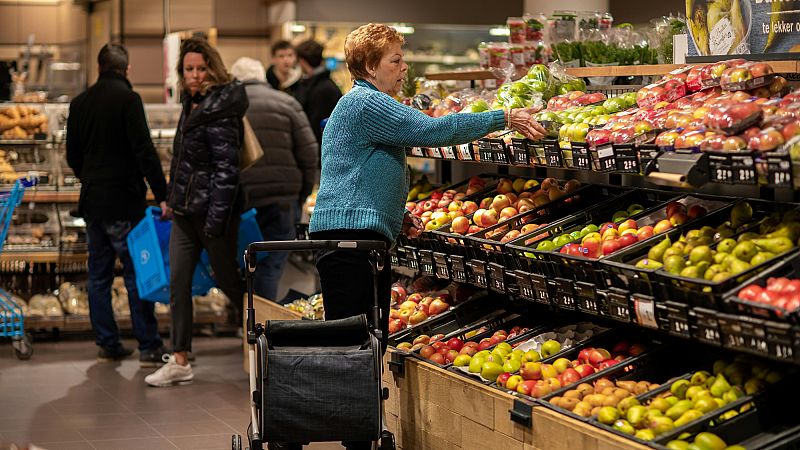
Swiss Cities Lead in Grocery Prices
Grocery shopping is a necessary part of daily life, but the cost of groceries varies widely across different cities in Europe. According to the ‘Grocery Index’ from the Deutsche Bank Research Institute, which uses data from Numbeo, certain cities stand out for their high grocery prices. The index calculates weighted prices of everyday items such as milk, bread, eggs, fruits, and meat, with New York serving as the baseline at 100. This means that cities with higher scores have more expensive groceries compared to New York.
Swiss cities dominate the list of the most expensive places to shop. Geneva tops the global list with an index score of 106, meaning that a €100 basket in New York would cost €106 in Geneva. Zurich follows closely with a score of 103. These are the only European cities where groceries are more expensive than in New York. In comparison, all five U.S. cities included in the index—San Francisco, New York, Boston, Chicago, and Los Angeles—are more expensive than any European city except Geneva and Zurich. San Francisco has the highest score among U.S. cities, with a score of 104.
The next three most expensive cities in Europe are Oslo (78), Paris (71), and Luxembourg (66). While these cities are significantly cheaper than New York and the Swiss cities, they still rank highly within Europe.
Mid-Priced Cities for Groceries
Many European cities fall into the mid-range category, with grocery price scores between 58 and 63. These include Helsinki (63), Vienna (63), Copenhagen (63), Milan (62), London (62), Brussels (61), Edinburgh (61), Frankfurt (58), Dublin (58), Amsterdam (58), Munich (58), and Stockholm (58). These cities offer a more balanced cost of living, making them attractive for those looking for a moderate grocery budget.
Budapest and Warsaw Offer the Cheapest Groceries
At the lower end of the spectrum, cities with index scores of 55 or below are considered the cheapest for groceries. Among them, Budapest and Warsaw lead the list with scores of 37. This means that a €100 basket in New York would cost just €37 in these cities, making them 63% cheaper than the New York baseline. Other cities with low grocery prices include Istanbul (39), Prague (42), Lisbon (44), Athens (46), Madrid (46), Barcelona (49), Rome (51), Birmingham (51), and Berlin (55).
It’s worth noting that there are significant differences in grocery prices even within the same country. For example, the score in London is 62, while it is 51 in Birmingham.
Globally, Cairo has the lowest score at just 20 points, making groceries in New York five times more expensive than in Cairo.
Paris vs. Madrid: A Big Price Difference
Among the capital cities of Europe's top five economies, France is the most expensive for groceries, while Spain is the cheapest. The index scores for these cities are: Paris (71), London (62), Berlin (55), Rome (51), and Madrid (46). This means that a grocery basket costing €71 in Paris would only cost €46 in Madrid, making the French capital 54% more expensive than the Spanish one.
Paris is also significantly more expensive than Rome (by 39%) and Berlin (by 29%). Compared to London, the difference is smaller, with Paris being 15% more expensive.
Grocery Prices in Euros
Grocery prices listed on Numbeo, the source of data for the index, are in euros. However, they are not directly comparable to the index because it is weighted, and the specific items and quantities used in the calculation are not disclosed.
According to Numbeo’s July 2025 data, based on the total cost of 19 common grocery items, Paris remains the most expensive city among Europe’s top economies. The total cost in Paris is €107.20, followed by €89.54 in London, €82.10 in Berlin, and €79.60 in Rome. Madrid continues to offer the cheapest groceries at €72.70.
